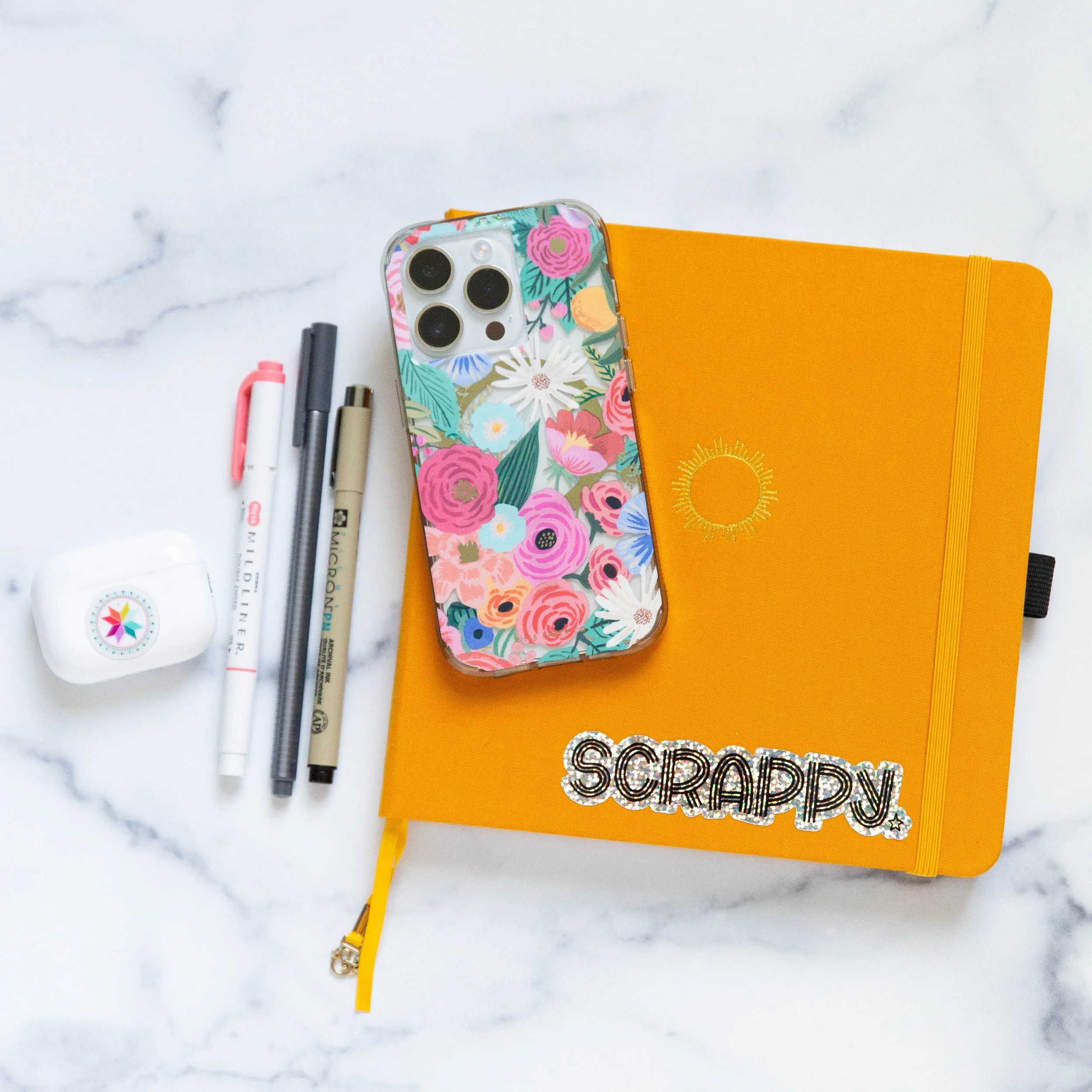bullet journaling: a solution to your planner woes
Are you someone who's always had a love-hate relationship with traditional planners? You're not alone! For years, I struggled to find one that perfectly suited my needs. They were either too spacious, too cramped, or just not the right fit. That was until I discovered the world of bullet journaling, and let me tell you, it's been a game-changer.
At the heart of my bullet journal is the trusty weekly spread. It's my main point of reference, where I keep track of my week's to-dos, meal plans and weekly calendar. The beauty of this system is its flexibility. I can design my weekly spread to cater to my specific needs and preferences. No more settling for pre-set layouts that don't quite work for me.
Over the years, I've experimented with various bullet journal notebooks, and I've found my sweet spot with the Archer and Olive 8x8 Notebooks. The paper weight and size are just perfect for my needs. Plus, the dot grid format provides the structure I need without feeling too restrictive.
What I find most helpful about my weekly spreads is that I have adapted it over the years to be exactly what I need. I need to see what we have going on spread out in a calendar format and I also need to-dos and meals planning. Within my weekly spread, I maintain separate to-do lists for work and personal tasks. This division helps me prioritize and manage my tasks more effectively. Two shorter lists feel less overwhelming than one long list, allowing me to focus better on what needs to get done. The meal planning section is used to plan out meals for the week ahead. This helps me align our dinners with our schedules. For instance, if we have an evening meeting or activity, I know to prepare something quick and easy for dinner.
I don’t only rely on my bullet journal, if I did things would be forgotten. I also use my phone's calendar app. I add all dates, appointments, and important events to my Apple Calendar. Then, when I sit down to set up my weekly spread, I transfer that information week by week. It's a fail-safe way to ensure I never miss an important date. Plus, the act of writing it out refreshes my memory of what's coming up. It’s a win- win for me!
While my weekly spread keeps me on top of my game, I also rely on the pages following it for daily to-dos and additional notes. I generally write a more detailed to do list in this section. I pull things from my weekly to-do lists and assign them to specific days so I can better manage my list before the week is through. This setup allows me to have both a big-picture view and a detailed daily plan. It's the best of both worlds.
One of the most transformative aspects of my bullet journaling journey has been incorporating monthly spreads. At the beginning of each journal, I create a monthly spread for all 12 months. This serves as a catch-all for appointments that need scheduling, upcoming projects, and any random thoughts that pop into my head.
This feature has been a game changer for me. Not only does it ensure I don't forget important dates or ideas, but it also frees up valuable mental space. Instead of trying to remember everything, I can simply jot it down in my monthly spread and let go. It's liberating, to say the least.
Bullet journaling has revolutionized the way I approach organization and productivity. It's a flexible, adaptable system that allows me to tailor my planning to my unique needs. Whether you're a seasoned pro or just starting, I encourage you to explore bullet journaling and make it your own. It's not just a planner; it's a powerful tool for simplifying your life.


